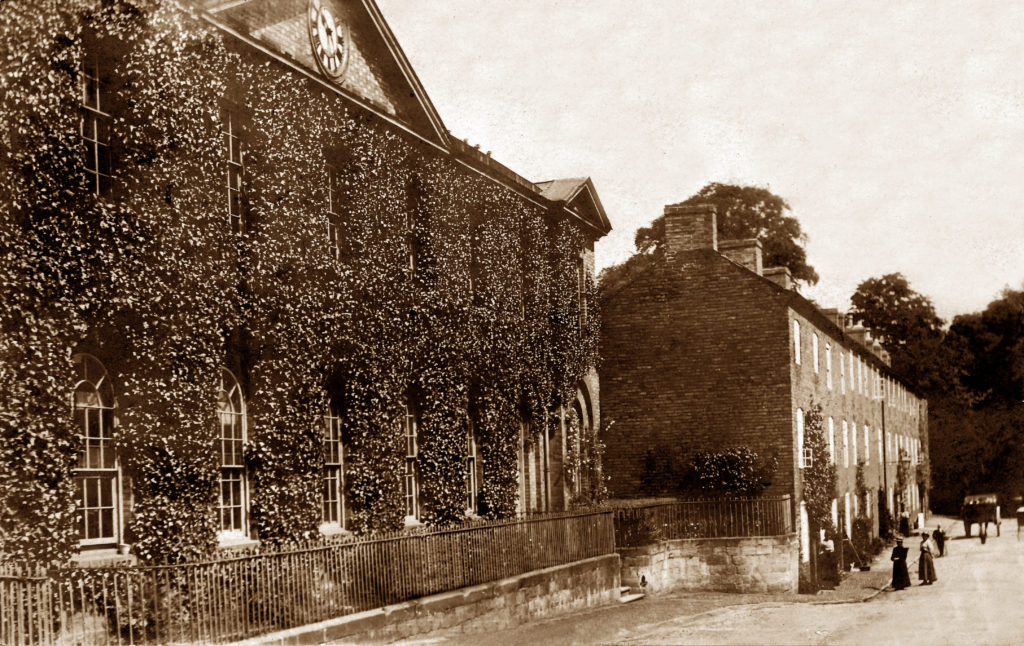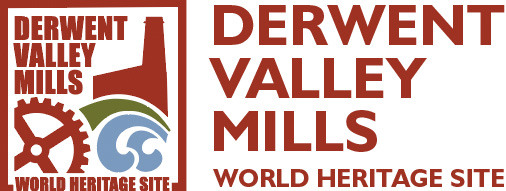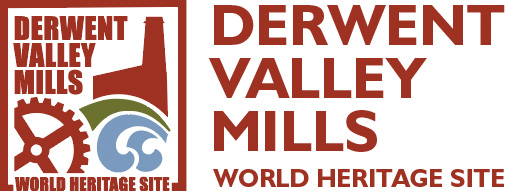da02

This is part of a heritage trail around Darley Abbey, taking in some of the key historic areas. You can find a map of the trail, and information on where to find interpretation boards containing more details on the town and its history at www.derwentvalleymills.org/darleyabbey.
St Matthew’s School and Brick Row
The early factory village the Evans family created in Darley Abbey for their millworkers has survived almost completely intact. It is in no sense a planned or model community, having grown incrementally over at least 50 years and no obvious pattern is discernible in its growth.
The Evans family acquired a number of houses when they purchased the existing mills in Darley Abbey and some of these were pressed into service to accommodate the first mill families. It is not clear when they began to build their own housing.
Brick Row
This single terrace of fourteen, three-storeyed houses, built of brick with slate roofs, are believed to have been constructed in two phases between 1797 and 1800.
An interesting feature of the row, not evident externally, is that some of the top storeys are not part of the same house as those below. The Evans needed flexibility in their housing provision and spreading the top floors of some houses across adjoining houses offered an opportunity to provide additional space for larger families.
Allotments for each house were provided on the other side of the road (the Methodist Church now stands on part of these allotments). The house at the northern end of the row was adapted to give it the appearance of a lodge for Darley House whose main driveway was opposite.
St Matthew’s School
Built in 1826 as a schoolroom, with houses for the Master and Mistress at each end, this building has wrought iron railings enclosing a small playground at either end. It was endowed by Walter Evans who left £8,000 in his will to be invested for the teaching of poor children aged four to twelve in the parish “and not more than 40 at a time”. It replaced an earlier schoolroom in the attic of the Long Mill.
More information can be found at http://www.derwentvalleymills.org/wp-content/uploads/2014/12/History_Communities_DarleyAbbey.pdf

